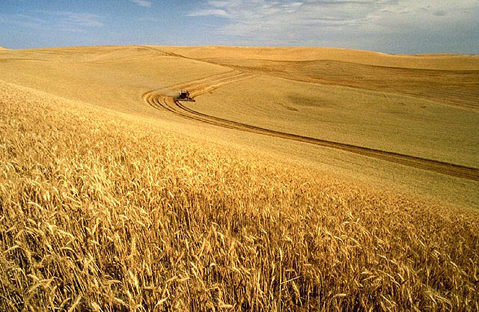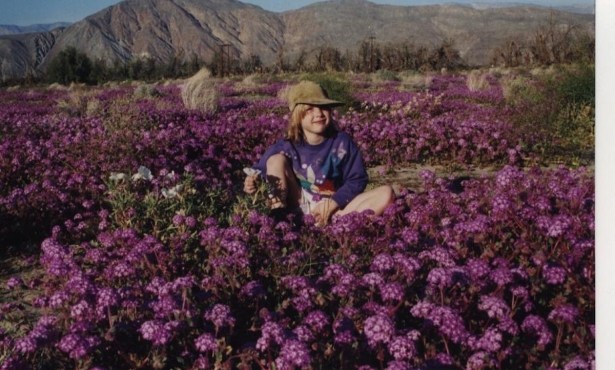Going Green: Agricultural Heroes?
Miriam Horn’s New Book, Rancher, Farmer, Fisherman, Makes Us Rethink Farming’s Environmental Impacts

Agriculture is often cast as an environmental villain: its intensive plowing releasing carbon, water, and nutrients from the soil; its craving for ever more land-driving deforestation; its monocultures destroying biodiversity; and its heavy use of chemicals tainting our air and water. There exists good reason for this critique, since agriculture is a major contributor to climate change, to depleted soil fertility and topsoil erosion, and to toxic contamination of our rivers, lakes, and coastal waters. Farming is responsible for nearly a quarter of all greenhouse-gas emissions.
But Miriam Horn, in her new book, Rancher, Farmer, Fisherman, challenges this common perspective on American agriculture. She documents how practices are changing, and rapidly. Starting about 20 years ago, with the number growing every year, a vanguard of large-scale farmers, mostly Midwestern, have shifted to no-till and cover-cropping practices. They now constitute about 20 percent of farmers. Their approach is basically anti-dogmatic and empirical. According to Horn, they see themselves as works in progress, “using nature, not factories, as their model; focusing not just on market crops but on the whole living system they inhabit; promoting symbioses among a vast diversity of organisms; using biology to recycle nutrients, water and energy; and relying on knowledge gathered with their own hands and experience.”
They might not yet be seen as environmental heroes because of their large acreages, continued chemical usage (although greatly reduced), and their planting of single-crop fields. Horn, however, makes the case that they are restorative heroes. They turn to biology first: keeping weeds in check with crop rotations, plant mulch, and cover crops. When they do use chemicals, they try to ensure that these products are minimally used and rarely leave their fields. They are giving more importance to microbial richness in the soil and to keeping the soil continuously covered with a blanket of plant residue rather than worrying about the use of a few chemicals. Some are even experimenting with bringing limited numbers of livestock into their fields at strategic times.
Working with nature to restore the health of their soils not only makes their farms more productive and profitable, but it is also a powerful weapon in the struggle to slow climate change. Soils are potentially a vast repository for the excessive atmospheric carbon that is changing our climate; they are the second biggest reservoir for carbon on the planet, next only to the oceans.
This pioneering group of cutting-edge farmers, more than government policy or public agency programs, is proving to be the strongest driver of farm conservation, soil regeneration, and carbon sequestration. It bodes well for the future.



